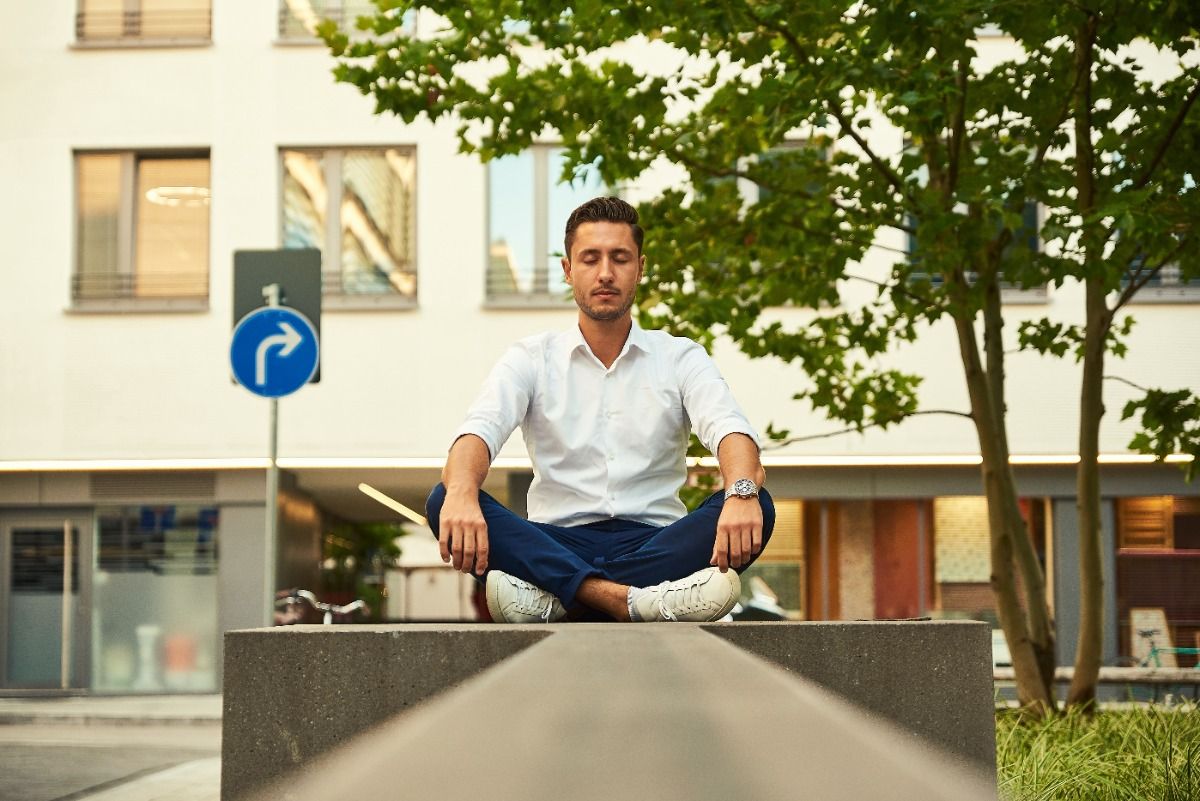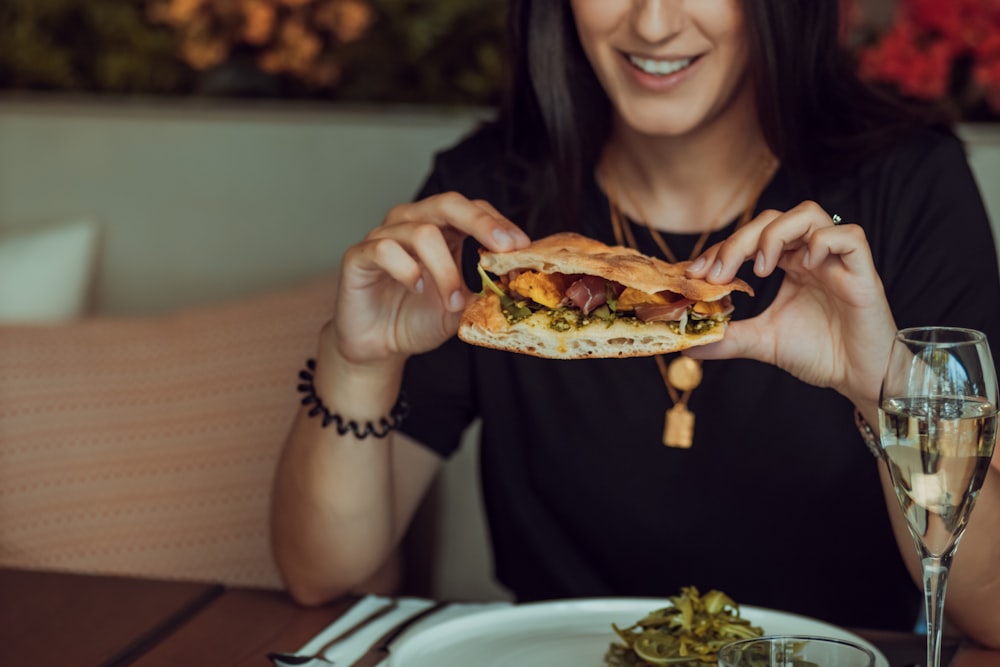
Mastering mindfulness may need to be done one step at a time for those who struggle with it. Not everyone enjoys or is good at mindfulness meditation, for example. There is a learning curve when it comes to this highly beneficial health practice. Perhaps you need to practice mindfulness in a more general way before you can properly practice mindfulness meditation. What if you’d like to cultivate a sense of mindfulness in your daily life, but the most popular tool, meditation, just doesn’t work for you? Every time you try it, you just can’t manage to be mindful or focus on the visualisations, technique or the voice guide.
There are many health benefits of meditation, including reduced anxiety and better mental focus. To meditate effectively, however, we need to be present, focused and mindful. This is why mindfulness meditation is so heavily practised by so many people.
There are a number of ways we can practise mindfulness without meditation. Practising mindfulness is a great first step towards mastering mindfulness meditation. These mindfulness practices don’t even have to require any major changes to your daily routine, and instead can fit right into your everyday life.

What is Mindfulness?
Mindfulness is not just about meditation or writing in a journal, although these things can help, and they do form much of the popular image surrounding mindfulness. In fact, mindfulness is simply the practice of being aware, present, and focusing on the present moment occurring, without distraction, evaluation or other thought processes.
The real benefits of mindfulness are the enjoyment of positive situations and better mental performance, as you aren’t letting your thoughts and emotions distract you from the current task or activity. Being less vulnerable to distraction allows for better time management, and this in turn leads to stress relief as you aren’t scrambling to get things done at the last minute.
How To Be Mindful
Practising mindfulness can involve any stimuli to focus on. You could use music, a physical sensation, an image or whatever it is you are doing right now. Research on different mindfulness stimuli has found that different types of audio, a script, beat, melody and harmony, were all similarly effective. The best way to start mindfulness training is really up to you, and the best day to begin mindfulness is today.
Training your brain to be mindful is an exercise in neuroplasticity. Most of us have been sucked into the smartphone-driven world of technology on demand. There’s no end to distractions and stimulation, teaching our brains to expect constant, bright visual content that we may not really be interested in, to begin with. Constant scrolling through social media, even when we’re eating, brings us nothing. However, it takes away the enjoyment of our meal, the location around us or even the company of who we’re with. Works such as The Brain That Changes Itself show that we can actively strengthen skills our brains aren’t “wired” to have, but it does take several months to build and consolidate them.
It’s important to remember that mindfulness is not a competition or something that requires perfection. Don’t feel bad if you get distracted. Just acknowledge the distraction and return to focusing on your chosen mindfulness target. For example, you may be out cycling in the park, and a child has run onto the path you’re on. You may be polite to them and their family, but then launch into an internal monologue about poor parenting for the next 20 minutes of your ride. Using mindfulness in this situation could be imagining your usual thoughts – of parents these days being too inattentive – as being captured by tiny clouds and floating off into the sky. Now, back to the present moment of your ride and what is around you.

How To Be More Mindful When Eating
Mindful eating is a popular new concept that aims to indirectly support weight loss. By increasing the enjoyment of food, we are less likely to overeat as a method of chasing pleasure. Mindful eating may help you stick to the right portion sizes in this way. Thinking about everything but the meal in front of us may turn into us feeling that we haven’t eaten enough, even if the caloric content fits someone of our gender, weight and fitness goals.
One common mindful eating “script” is based on the raisin test of Kabat-Zinn. First, you start by taking a raisin and setting it in front of you. That is only one raisin, or it could be any tiny food item that you’d prefer. A piece of chocolate, a berry, a nut, or hey- even a French fry – could all substitute!
First, pick up the raisin (or other food items of your choice) and examine it. Look at its weight, shape and surfaces with their textures and often uneven nature. Smell it, and notice what you are feeling without judgement or attachment. Let these thoughts go without falling into a tangent.
Then, place the raisin into your mouth and observe what sensations appear. Slowly chew it, noticing what each sensation brings. Is it sweet and juicy, or perhaps a little sour, or maybe dry and astringent? If any thoughts appear, such as an old school memory related to raisins or the need to brush your teeth afterwards, simply imagine them being “captured” in a medium of your choice and sent away.
What Can Mindfulness Do For Us?
Multiple studies show that mindfulness can reduce the severity of depression and anxiety, as it teaches your brain to let intrusive thoughts go before they spiral out of control. Other research shows better performance at work, reduced pain after medical procedures, and overall improved quality of life across a range of health statuses.
Mindful eating is a perfect example of this. Before reaching for food automatically, first, think of why you want to eat something. Perhaps it’s your usual 3 pm snack, or you remember a relative who always tried to guilt you into eating more than what you originally intended.
You get to make the choice about how you react to these thoughts. If the cause is physical hunger (keeping in mind that you do need to eat more after training), then go for it. If not, then it is best to do something else that fills the real desire you have. A short walk so you can go on a break from work, or send a funny video to a friend for social connections may be the best substitute.
Mindfulness helps us to slow down in a world that constantly seems to be going too fast. Beyond the pride of going against the grain, you can enjoy improved emotional regulation, better productivity, and an easier time with healthy diet and lifestyle habits. To learn more about how to improve your stress management, consider a CircleDNA test to find out your nutritional needs, stress tolerance and more.





